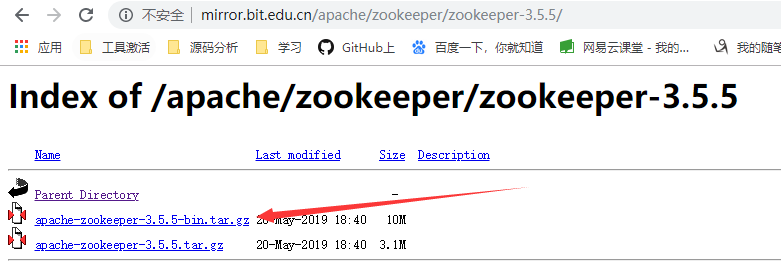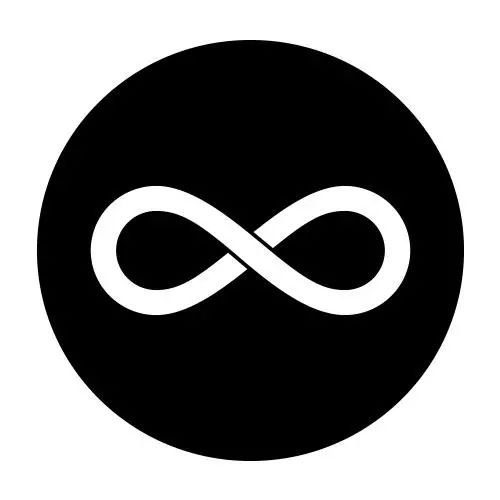可以将文章内容翻译成中文,广告屏蔽插件可能会导致该功能失效(如失效,请关闭广告屏蔽插件后再试):
问题:
I have an array, allCollections, that holds programmatically-created arrays of CLLocations the user has recorded through my iOS app. Each sub-array in allCollections holds all the location points in a trip taken.
I draw MKPolylines off of the CLLocations in the arrays in allCollections to represent those trips on an MKMapView. My question is this: With the polylines added to the map, how would I go about programmatically zooming and centering the map to display all of them?
回答1:
-(void)zoomToPolyLine: (MKMapView*)map polyline: (MKPolyline*)polyline animated: (BOOL)animated
{
[map setVisibleMapRect:[polyline boundingMapRect] edgePadding:UIEdgeInsetsMake(10.0, 10.0, 10.0, 10.0) animated:animated];
}
回答2:
-(void)zoomToPolyLine: (MKMapView*)map polyLine: (MKPolyline*)polyLine
animated (BOOL)animated
{
MKPolygon* polygon =
[MKPolygon polygonWithPoints:polyLine.points count:polyLine.pointCount];
[map setRegion:MKCoordinateRegionForMapRect([polygon boundingMapRect])
animated:animated];
}
回答3:
You could loop through all CLLocations recording the max/min coordinates and use that to set a view rect like they do on this question iOS MKMapView zoom to show all markers .
Or you could go through each of your overlays and get their boundingMapRect then use MKMapRectUnion (http://developer.apple.com/library/ios/documentation/MapKit/Reference/MapKitFunctionsReference/Reference/reference.html#//apple_ref/c/func/MKMapRectUnion) to combine them all until you have one MKMapRect that covers them all and use that to set the view.
[mapView setVisibleMapRect:zoomRect animated:YES]
This question shows a simple loop combining the maprects in unions as I suggested: MKMapRect zooms too much
回答4:
in swift:
if let first = mapView.overlays.first {
let rect = mapView.overlays.reduce(first.boundingMapRect, combine: {MKMapRectUnion($0, $1.boundingMapRect)})
mapView.setVisibleMapRect(rect, edgePadding: UIEdgeInsets(top: 50.0, left: 50.0, bottom: 50.0, right: 50.0), animated: true)
}
this will zoom/pan to fit all overlays with a little buffer
回答5:
Swift 3 version of garafajon excellent code
if let first = self.mapView.overlays.first {
let rect = self.mapView.overlays.reduce(first.boundingMapRect, {MKMapRectUnion($0, $1.boundingMapRect)})
self.mapView.setVisibleMapRect(rect, edgePadding: UIEdgeInsets(top: 50.0, left: 50.0, bottom: 50.0, right: 50.0), animated: true)
}
回答6:
Swift 4 / slightly modified version of fundtimer's answer.
func setVisibleMapArea(polyline: MKPolyline, edgeInsets: UIEdgeInsets, animated: Bool = false) {
mapView.setVisibleMapRect(polyline.boundingMapRect, edgePadding: edgeInsets, animated: animated)
}
Calling the above using a route's polyline and leaving the default of not animated, and adding small edge insets of 10 all around:
setVisibleMapArea(polyline: route.polyline, edgeInsets: UIEdgeInsetsMake(10.0, 10.0, 10.0, 10.0))
回答7:
@Fundtimer pointed it right way, Only thing is that Padding needs to be adjusted as per visual needs, that way it will support all the other overlays and following is the generic solution for all overlays.
-(void)zoomIntoExistingMapObjectForAnnot:(CustomMapAnnotation *)annot
{
id overlay = annot.shape;//I have overlay property in custom annotation class.
[_mapView setVisibleMapRect:[overlay boundingMapRect] edgePadding:UIEdgeInsetsMake(150.0, 150.0, 150.0, 150.0) animated:YES];
}




